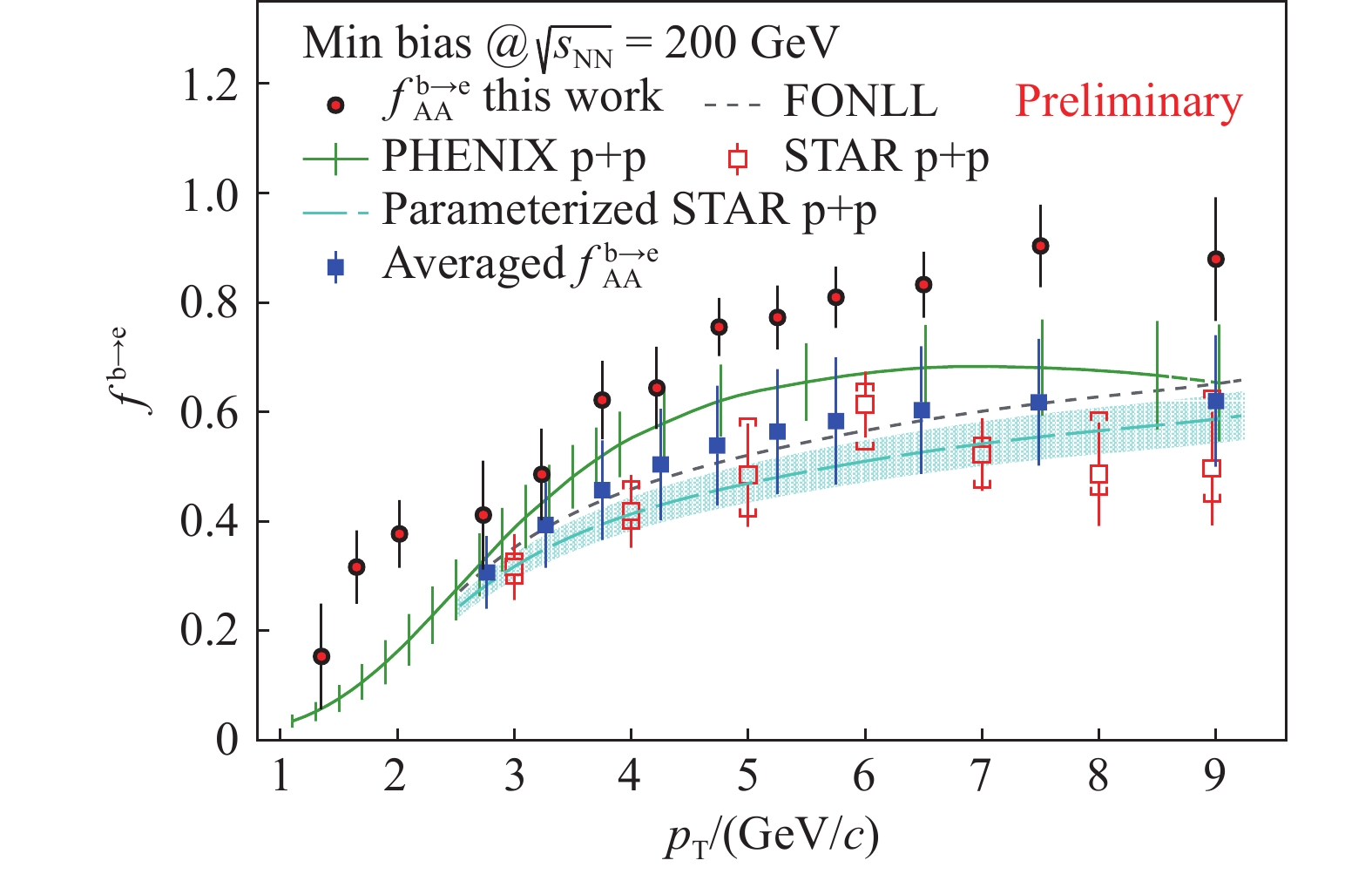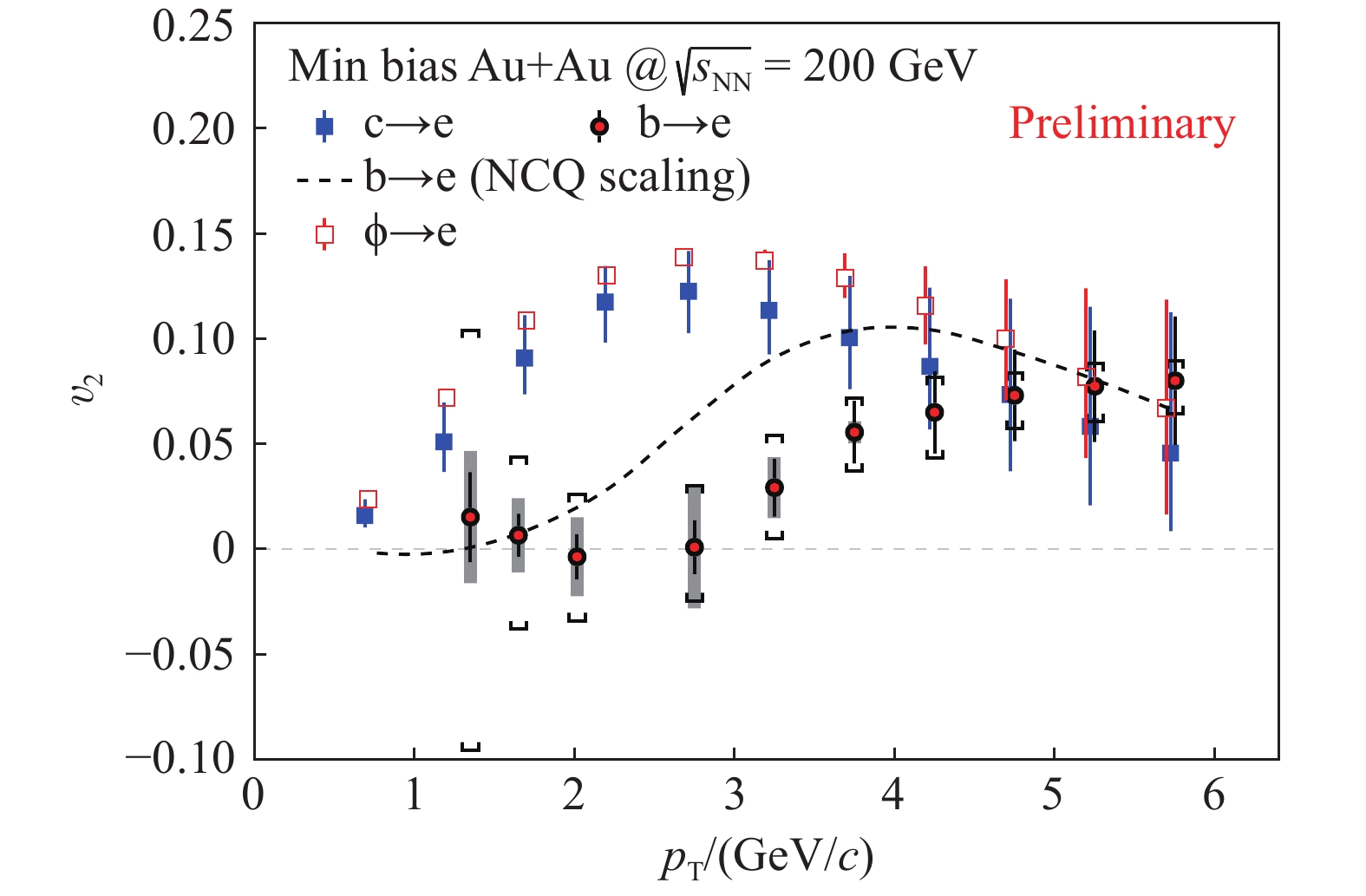-
The Quark-Gluon Plasma (QGP) is predicted by the Quantum Chromodynamics (QCD) as a new matter state containing deconfined quarks and gluons under extremely high temperature and density. It is believed to have been produced in the early universe after the Big Bang. Recent experimental results from the Relativistic Heavy-Ion Collider (RHIC) at Brookhaven National Laboratory (BNL) and the Large Hadron Collider (LHC) at European Organization for Nuclear Research (CERN) support that a strongly coupled QGP (sQGP) has been created in ultra-relativistic heavy-ion collisions, mimicking the early universe[1-2]. To study the properties of the QGP and its evolution is particularly helpful for understanding the early universe.
Charm and beauty are called as heavy quarks due to their much larger masses compared to those of light quarks (u, d and s). Heavy quarks are believed to be created predominantly via initial hard scatterings before the formation of the QGP in the early stage of heavy-ion collisions[3-4], and to experience the full time evolution of the QGP. Their total yields can be evaluated by the perturbative-QCD (pQCD) theory and be scaled with the number of binary collisions (
$ N_{\rm coll} $ )[4]. For these reasons, heavy quarks are always considered as ideal probes for studying the properties of the QGP.When partons travel inside the hot-dense medium and interact with the medium constituents, they deposite energy into the medium. Theoretical calculations predict that the radiative part of the partonic energy loss is mass dependent[5]. The energy loss of heavy quarks should be smaller than that of light quarks due to the suppression of the gluon radiation in the forward angle by the quark mass, and beauty would lose even less energy than charm for it is three times heavier than charm quark. The heavy quark production as a function of the transverse momentum (
$ p_{{\rm{T}}} $ ) is predicted to be modified by their energy loss[6], which, experimentally, is usually characterized by the nuclear modification factor ($ R_{{\rm{AA}}} $ )[7] defined aswhere
$ \left. {\rm{d}} N_{\rm AA}\middle/ {\rm{d}} p_{\rm T}\right. $ and$ \left. {\rm{d}} N_{\rm pp}\middle/ {\rm{d}} p_{\rm T}\right. $ are particle production yields in A+A and p+p collisions, respectively, and$ \left\langle N_{\rm coll}\right\rangle $ is the average$ N_{\rm coll} $ often calculated using a Monte Carlo Glauber model. The$ \left. {\rm{d}} N_{\rm pp}\middle/ {\rm{d}} p_{\rm T}\right. $ is used as the baseline since there is no QGP created in p+p collisions. With the normalization of$ \left\langle N_{\rm coll}\right\rangle $ ,$ R_{{\rm{AA}}} $ should be equal to unity if there is no medium effect in A+A collisions. Partonic energy loss could result in a suppression on the value of$ R_{{\rm{AA}}} $ at moderate-to-high$ p_{{\rm{T}}} $ . Recent measurements on the$ R_{{\rm{AA}}} $ of open charm hadrons show strong suppression at high$ p_{{\rm{T}}} $ with a similar magnitude as light flavor hadrons, suggesting significant interactions between charm and the sQGP medium[8]. However, most of heavy flavor electron (HFE) measurements report results on electrons from heavy flavor decays without charm and beauty components separated due to technique limits, and large uncertainties are reported in a few existing separations for these two components[9].An anisotropic collectivity exists in the expanding medium created in heavy-ion collisions[10]. Light quarks are unable to prevent themselves from following the collective flow and achieving thermal equilibrium[11]. However, heavy quarks are expected to be more difficult to mobilize and to obtain anisotropic momenta because of their much larger masses. To describe the azimuthal anisotropy, a Fourier expansion of the azimuthal angle (
$ \varphi $ ) is obatined in the momentum space as[12]where
$ \psi_{\rm R} $ denotes the reaction plane (defined by the beam axis and the direction of the impact parameter between two colliding nuclei). And the elliptic flow ($ v_{2} $ ) is defined as the 2nd cofficientThe heavy quark
$ v_{2} $ is proposed to be a significant observable for quantifying partonic matter properties, such as the thermalization[6]. Recent measurements shows that charm gains significant flow like light quarks through interactions with the sQGP medium[13]. Because beauty is three times heavier than charm, its behavior in the anisotropic collective flow could be different from that of charm. However, most of heavy flavor$ v_{2} $ measurements are for charmed hadrons or the HFE and there are few results for beauty$ v_{2} $ via either hadronic decays or semileptonic channels at RHIC. -
We have developed a data-driven method to separate charm and beauty components from the HFE measurements on
$ p_{{\rm{T}}} $ spectra and on$ R_{{\rm{AA}}} $ and$ v_{2} $ distributions based on the most recent charmed hadron measurements at mid-rapidity in minimum bias (Min bias) Au+Au collisions at$ \sqrt{s_{{\rm{NN}}}} $ = 200 GeV at RHIC. Parts of heavy flavor hadrons decay to light flavor hadrons and leptons, such as electrons, via semileptonic channels. These electrons carry information about the properties of origin heavy quarks.It is started from the charmed hadron measurements on
$ p_{{\rm{T}}} $ spectra of$ {\rm{D}}^{0} $ [8],$ {\rm{D}}^{\pm} $ [14],$ {\rm{D}}_{\rm s} $ [14],$ {{\Lambda}}_{\rm c} $ [15] and$ {{\rm{J}}/\psi } $ [16-17] at mid-rapidity in Au+Au collisions at$ \sqrt{s_{{\rm{NN}}}} $ =200 GeV with the STAR experiment at RHIC, all of which are parameterized and shown with uncertainty bands in Fig. 1. Measurements on$ {\rm{D}}^{0} $ at 0~80%,$ {\rm{D}}_{\rm s} $ at 10%~40% and$ {{\rm{J}}/\psi } $ at 0~60% are used because of their largest statistics and best precision, and they are parameterized and extrapolated to 0$ < $ $ p_{{\rm{T}}} $ $ < $ 20 GeV/$ c $ with the Levy function[18]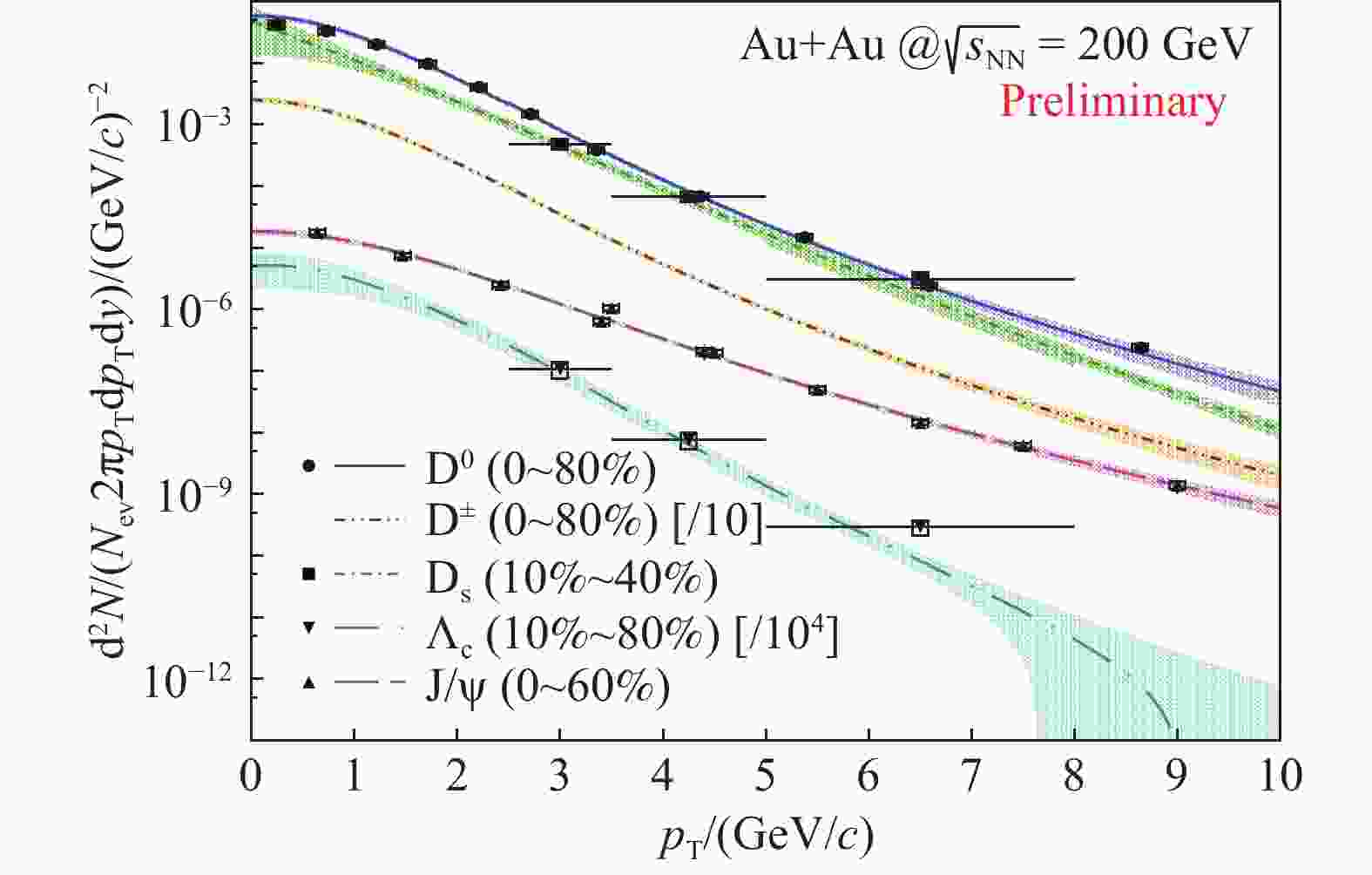
Figure 1. (color online) Measured and parameterized
$p_{{\rm{T}}}$ spectra with uncertainty bands of charmed hadrons (${\rm{D}}^{0}$ [8],${\rm{D}}^{\pm}$ [14],${\rm{D}}_{\rm s}$ [14],${{\Lambda}}_{\rm c} $ [15],${{\rm{J}}/\psi }$ [16-17]) at mid-rapidity in Au+Au collisions at$\sqrt{s_{{\rm{NN}}}}$ = 200 GeV.and the power-law function[19]
where
$ m_{0} $ is the rest mass of the particle. Halves of the differences between Levy and power-law fits are quadratically summed into uncertainty bands. The$ {\rm{D}}^{\pm} $ spectrum is obtained by scaling the$ {\rm{D}}^{0} $ spectrum with a constant (0.429$ \!\pm \! $ 0.038) fitted from the$ \rm D^\pm/D^0 $ ratio measured at 0~10% centrality, since there is no obverse$ p_{{\rm{T}}} $ dependence observed. Because$ {\rm{D}}^{0} $ and$ {\rm{D}}^{\pm} $ make up the triplet state of D-mesons, their properties, including shapes of the$ p_{{\rm{T}}} $ spectra, should be highly consistent. The$ {{\Lambda}}_{\rm c} $ spectrum is fitted and extrapolated to the$ p_{{\rm{T}}} $ range of 0~10 GeV/$ c $ with the measured$ {\rm{D}}^{0} $ spectrum multiplied by the average of different model calculations on$ {\Lambda}_{\rm c}/{\rm{D}}^0 $ ratio: Ko[20], Greco[21] and Tshingua[22] with their differences as the uncertainty.All aforementioned parameterized
$ p_{{\rm{T}}} $ spectra of charmed hadrons are input into Monte Carlo simulations of semileptonic decays to electrons, of which the$ {\rm{J}/\psi }$ spectrum is input in a Pythia decayer[23] decaying to$ {\rm e}^{+}{\rm e}^{-} $ . In each simulated event, we sample the hadron$ p_{{\rm{T}}} $ from a uniform distribution with$ \frac{ {\rm{d}} N}{ {\rm{d}} p_{\rm T}} $ in this$ p_{{\rm{T}}} $ bin as the weight in order to increase the statistics at higher$ p_{{\rm{T}}} $ . The 4-momentum is determined additionally with a uniformly distributed azimuthal angle$ \varphi $ , a gaussian mid-rapidity$ y $ and the hadron mass. And the electron momentum in the hadron rest frame is sampled from the measured distribution[24]. After Lorentz transformation, the final electron$ p_{{\rm{T}}} $ from semileptonic decays in the laboratory frame can be obtained. The output electrons are filled in the$ \frac{ {\rm{d}} N}{2\pi p_{\rm T} {\rm{d}} p_{\rm T}} $ distribution. Upper and lower hadron spectrum uncertainties are also input into the simulations and propagated to the output accordingly.The output electron
$ p_{{\rm{T}}} $ spectra are normalized by measured cross sections of parent hadrons and semileptonic decay branching ratios. In particular, those from$ {\rm{D}}_{\rm s} $ ,$ {{\Lambda}}_{\rm c} $ and$ {{\rm{J}}/\psi }$ are scaled by$ N_{\rm coll} $ to 0~80% centrality from 10%~40%, 10%~80% and 0~60%, respectively. Uncertainties of branching ratios,$ N_{\rm coll} $ normalization (for$ {\rm{D}}_{\rm s} $ ,$ {{\Lambda}}_{\rm c} $ and$ {{\rm{J}}/\psi }$ ) and the$ {\rm D}^{\pm}/{\rm D}^0 $ ratio (for$ {\rm{D}}^{\pm} $ ) are also taken into account and propagated quadratically. Fig. 2 shows the final electron$ p_{{\rm{T}}} $ spectra from charmed hadron decays and the summed charm component ($ {\rm{c\rightarrow e}} $ ) with shaded bands as uncertainties at mid-rapidity in minimum bias Au+Au collisions at$ \sqrt{s_{{\rm{NN}}}} $ =200 GeV. The electron spectrum from beauty decays ($ {\rm{b\rightarrow e}} $ ) is calculated by subtracting the$ {\rm{c\rightarrow e}} $ component from the HFE spectrum measured by STAR[25]. The$ {\rm{c\rightarrow e}} $ uncertainty contributions to the last two points of$ {\rm{b\rightarrow e}} $ at$ p_{{\rm{T}}} $ $ > 7$ GeV/$ c $ are safely doubled due to higher$ p_{{\rm{T}}} $ extrapolation of charmed hadron spectra.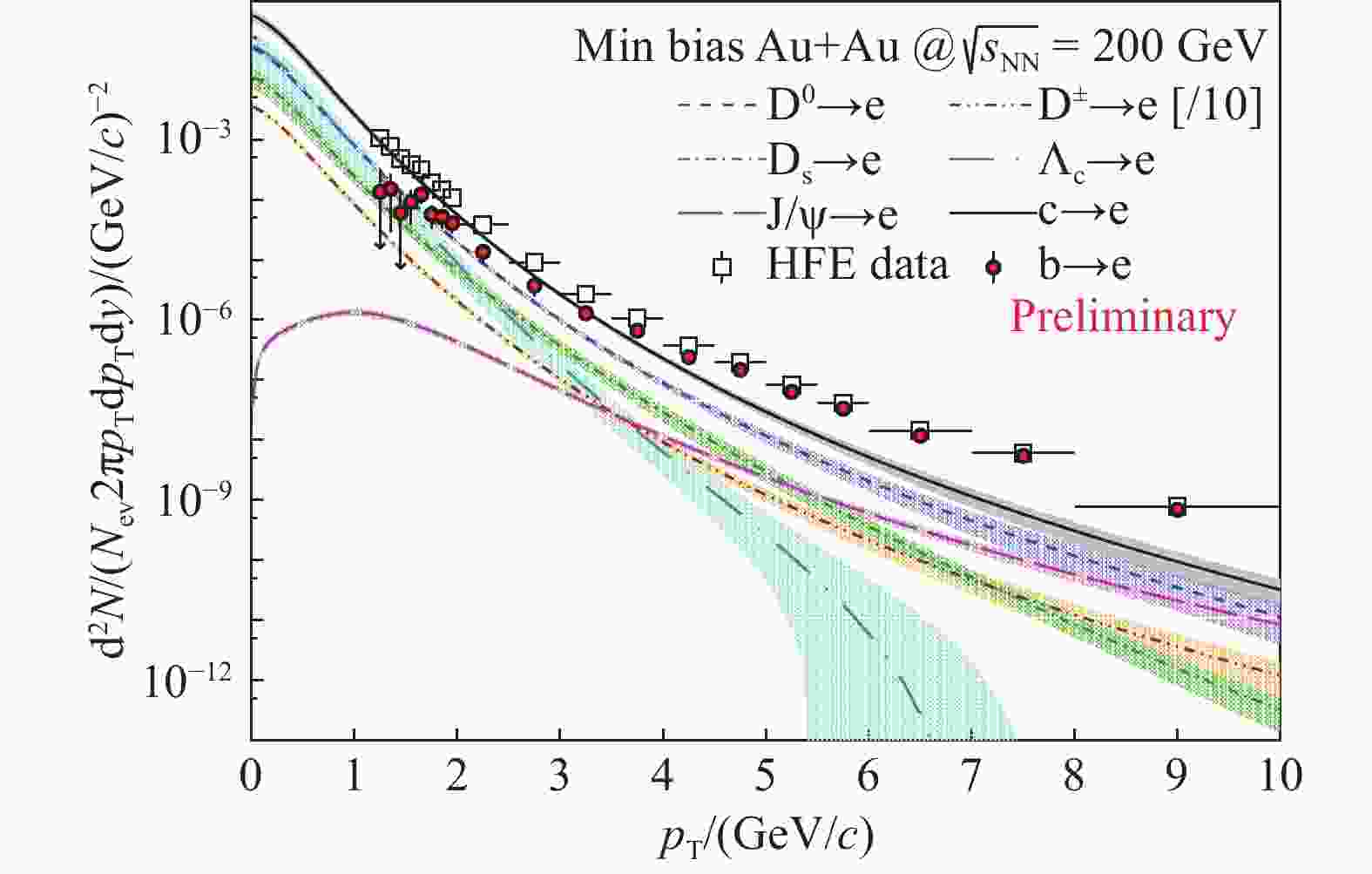
Figure 2. (color online) Electron
$p_{{\rm{T}}}$ spectra from charmed hadron decays and the sum of them (${\rm{c\rightarrow e}}$ ) with uncertainty bands at mid-rapidity in minimum bias Au+Au collisions at$\sqrt{s_{{\rm{NN}}}}$ =200 GeV. The electron spectrum from beauty decays (${\rm{b\rightarrow e}}$ ) is obtained by subtracting${\rm{c\rightarrow e}}$ from the HFE data.The beauty component fraction in the HFE spectrum is defined as
Fig. 3 shows the
$ f^{ {\rm{b\rightarrow e}}} $ at mid-rapidity in minimum bias Au+Au collisions at$ \sqrt{s_{{\rm{NN}}}} $ =200 GeV ($ f_{{\rm{AA}}}^{ {\rm{b\rightarrow e}}} $ ) obtained from Fig. 2 compared with previous measurements in p+p collisions ($ f_{{\rm{pp}}}^{ {\rm{b\rightarrow e}}} $ ) by STAR[26] (red open squares) and by PHENIX[27] (green crosses). The fixed-order next-to-leading log (FONLL) calculation[4] is presented as the gray dashed curve, with which the STAR p+p data are parameterized (cyan dashed curve with band). Blue solid squares denote the average of the STAR and the PHENIX p+p data with half of their difference taken into account in the uncertainty bars. At$ p_{{\rm{T}}} \sim $ 3.5 GeV/$ c $ , beauty and charm components are comparable. The$ f_{{\rm{AA}}}^{ {\rm{b\rightarrow e}}} $ looks systematically higher than$ f_{{\rm{pp}}}^{ {\rm{b\rightarrow e}}} $ , in particular in$ p_{{\rm{T}}} > 7$ GeV/$ c $ where$ f_{{\rm{AA}}}^{ {\rm{b\rightarrow e}}} $ increases up to (90$ \pm $ 10)%.
Figure 3. (color online) Fractions of beauty decay electrons in the HFE (
$f^{ {\rm{b\rightarrow e}}}$ ) at mid-rapidity in minimum bias Au+Au collisions at$\sqrt{s_{{\rm{NN}}}}$ =200 GeV compared with the FONLL theoretical calculation[4] and measurements by STAR[26], by PHENIX[27] and their average in p+p collisions. The last point of the PHENIX p+p data at 9 GeV/c is extrapolated. -
The
$ R_{{\rm{AA}}} $ of electrons from charm and from beauty decays ($ R_{{\rm{AA}}}^{ {\rm{c\rightarrow e}}} $ and$ R_{{\rm{AA}}}^{ {\rm{b\rightarrow e}}} $ ) as functions of$ p_{{\rm{T}}} $ can be extracted from the$ R_{{\rm{AA}}} $ of the HFE ($ R_{{\rm{AA}}}^{\rm HFE} $ ) measured by STAR[25] withwhich are shown as blue solid squares and red solid circles in Fig. 4, respectively. The
$ f_{{\rm{pp}}}^{ {\rm{b\rightarrow e}}} $ here denotes the averaged one of STAR and PHENIX p+p data in Fig. 3. As a cross-check, two red dashed curves representing$ \rm b(c)\rightarrow e/FONLL $ are obtained directly by the definition of$ R_{{\rm{AA}}} $ in Eq. (1) and show a good agreement with our results. Results of this work are consistent with the HFT template analysis (open green symbols)[9] and show improved precision. The$ R_{{\rm{AA}}}^{ {\rm{b\rightarrow e}}} $ result is consistent with the DUKE model prediction[28], but$ R_{{\rm{AA}}}^{ {\rm{c\rightarrow e}}} $ is clearly lower than the prediction in$ p_{{\rm{T}}} > 4 $ GeV/$ c $ . Less suppression of$ R_{{\rm{AA}}}^{ {\rm{b\rightarrow e}}} $ compared with that of$ R_{{\rm{AA}}}^{ {\rm{c\rightarrow e}}} $ can be observed, which could indicate the possible mass dependence of the energy loss of charm and beauty.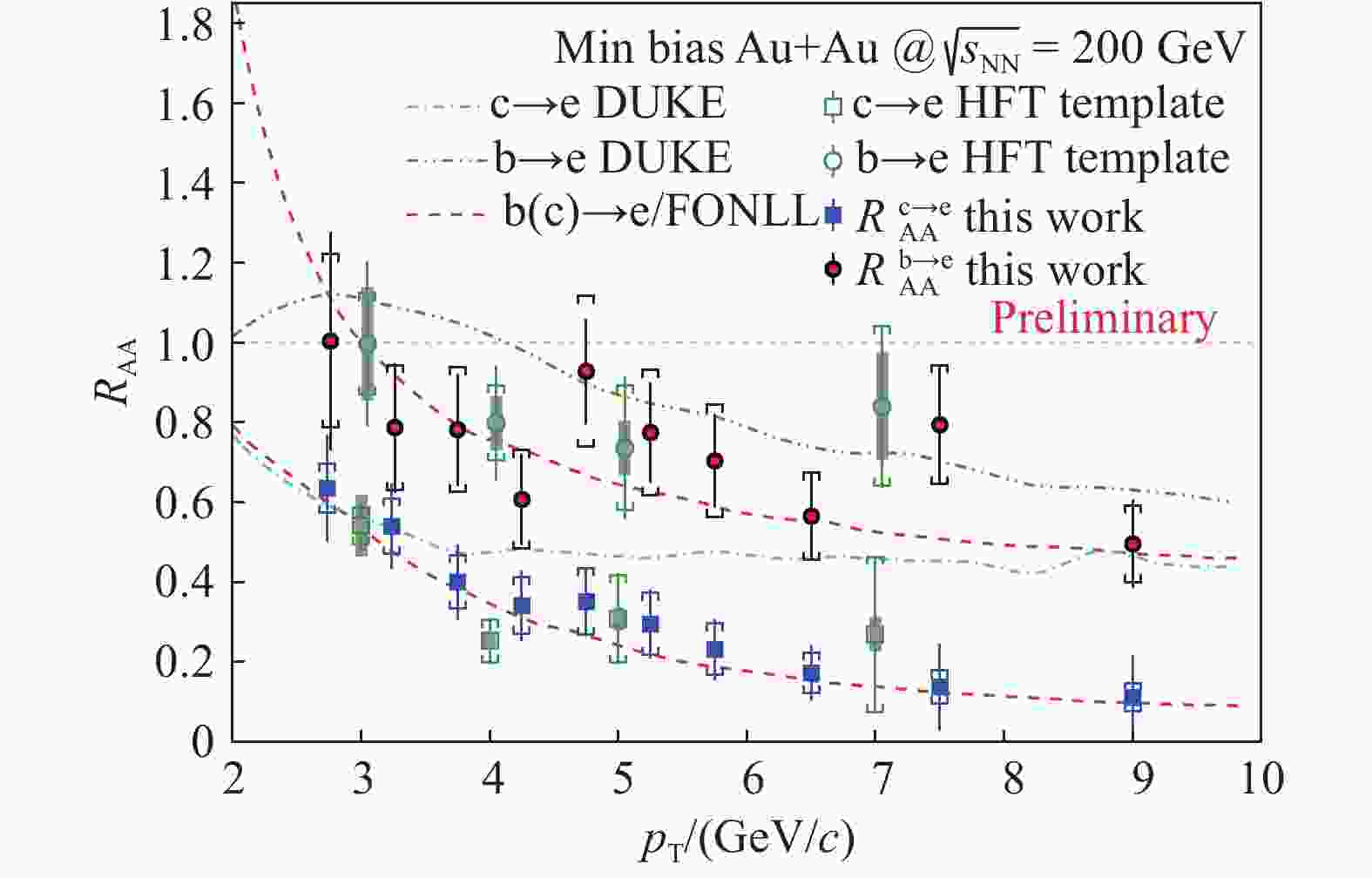
Figure 4. (color online) The nuclear modification factors (
$R_{{\rm{AA}}}$ ) of${\rm{c\rightarrow e}}$ and${\rm{b\rightarrow e}}$ with HFT template analysis[9] and DUKE model predictions[28] as comparisons at mid-rapidity in minimum bias Au+Au collisions at$\sqrt{s_{{\rm{NN}}}}$ =200 GeV. Uncertainty bars of this work denote quadratically summed contributions of$f_{{\rm{AA}}}^{\rm b(c)\rightarrow e}$ and$R_{{\rm{AA}}}^{\rm HFE}$ and boxes are from$f_{{\rm{pp}}}^{ {\rm{b\rightarrow e}}}$ .$\rm b(c)\rightarrow e/FONLL$ are obtained directly with the$R_{{\rm{AA}}}$ definition. -
The
$ {\rm{D}}^{0} $ $ v_2 $ at 0~80% centrality measured by STAR[13] is parameterized by Eq. (9)[29] with the linear term forced to pass through the origin according to the properties of$ v_2 $ ,where
$ n $ is the number of constituent quarks,$ p_i $ ($ i $ = 0, 1, 2, 3) are free parameters. The$ v_2 $ distributions of D-mesons ($ n_{\rm quarks} $ = 2) and$ {{\Lambda}}_{\rm c} $ ($ n_{\rm quarks} $ = 3) are obtained with the number-of-constituent-quark (NCQ) scaling assumption[29-30] as$ \left.v_{2}\big/n\right. $ vs.$ \left.\left(\sqrt{p_{\rm T}^{2}\!+\!m_{0}^{2}}\!-\!m_{0}\right)\!\big/\!n\right. $ from the parameterized$ {\rm{D}}^{0} $ $ v_2 $ . Semileptonic decays of charmed hadrons are simulated with the hadron$ p_{{\rm{T}}} $ spectra and$ v_{2} $ distributions as inputs. Different from the simulations in Sec. 2, the azimuthal angle$ \varphi $ in each$ p_{{\rm{T}}} $ bin is sampled from the distribution[29]The
$ v_2 $ of$ \rm D\rightarrow e $ ($ v_{2}^{\rm D\rightarrow e} $ ) and$\Lambda_{\rm c}\rightarrow {\rm e}$ ($v_{2}^{\Lambda_{\rm c}\rightarrow {\rm e}}$ ) as functions of$ p_{{\rm{T}}} $ can be obtained by fitting the output electron$ \varphi $ distributions with Eq. (10) in different$ p_{{\rm{T}}} $ bins. The uncertainty bands of charmed hadron$ v_2 $ from parameterization are also input into the simulations and propagated to electron$ v_2 $ distributions.The
$ v_2 $ of$ {\rm{c\rightarrow e}} $ ($ v_{2}^{ {\rm{c\rightarrow e}}} $ ) is an average of$ v_{2}^{\rm D\rightarrow e} $ and$v_{2}^{\Lambda_{\rm c}\rightarrow {\rm e}}$ with their relative production yields in Fig. 2 as weights. In a similar way, the$ v_2 $ of$ {\rm{b\rightarrow e}} $ ($ v_{2}^{ {\rm{b\rightarrow e}}} $ ) can be extracted withwhere
$ v_{2}^{\rm HFE} $ denotes the$ v_2 $ of the HFE obtained by parameterizing the combined distribution measured by STAR[25] and PHENIX[31] with Eq. (9). Fig. 5 shows the results of$ v_{2}^{ {\rm{c\rightarrow e}}} $ (blue solid squares) and$ v_{2}^{ {\rm{b\rightarrow e}}} $ (red solid circles). As a comparison, the$ v_2 $ of$ \rm \phi\rightarrow e $ ($ v_{2}^{\rm \phi\rightarrow e} $ ) shown as red open squares is calculated in the same way with the$ \rm \phi $ -meson$ p_{{\rm{T}}} $ spectrum[32] and$ v_2 $ [33] at 0~80% centrality as inputs of the Pythia decayer. A non-zero$ v_{2}^{ {\rm{b\rightarrow e}}} $ in$ p_{{\rm{T}}} > $ 3.0 GeV/$ c $ is observed and consistent with the electron$ v_2 $ from charmed and strange hadron decays within uncertainties in$ p_{{\rm{T}}} > $ 4.5 GeV/$ c $ . However,$ v_{2}^{ {\rm{b\rightarrow e}}} $ is clearly smaller than$ v_{2}^{ {\rm{c\rightarrow e}}} $ at 1.5 GeV/$ c < $ $ p_{{\rm{T}}} < $ 4.0 GeV/$ c $ . In addition, we unfold the B-meson$ p_{{\rm{T}}} $ spectrum from the$ {\rm{b\rightarrow e}} $ points extracted in Fig. 2 and assume that the B-meson$ v_2 $ follows the NCQ scaling. The black dashed curve represents the refolded$ v_{2}^{\rm b\rightarrow e} $ with the Pythia decayer and our$ v_{2}^{ {\rm{b\rightarrow e}}} $ result deviates from it at 2.5 GeV/$ c < $ $ p_{{\rm{T}}} < $ 4.5 GeV/$ c $ with a confidence level of 98.2% ($ \chi^2/ndf $ = 11.92/4), which could be related to the beauty thermalization or its hadronization mechanism in the QGP.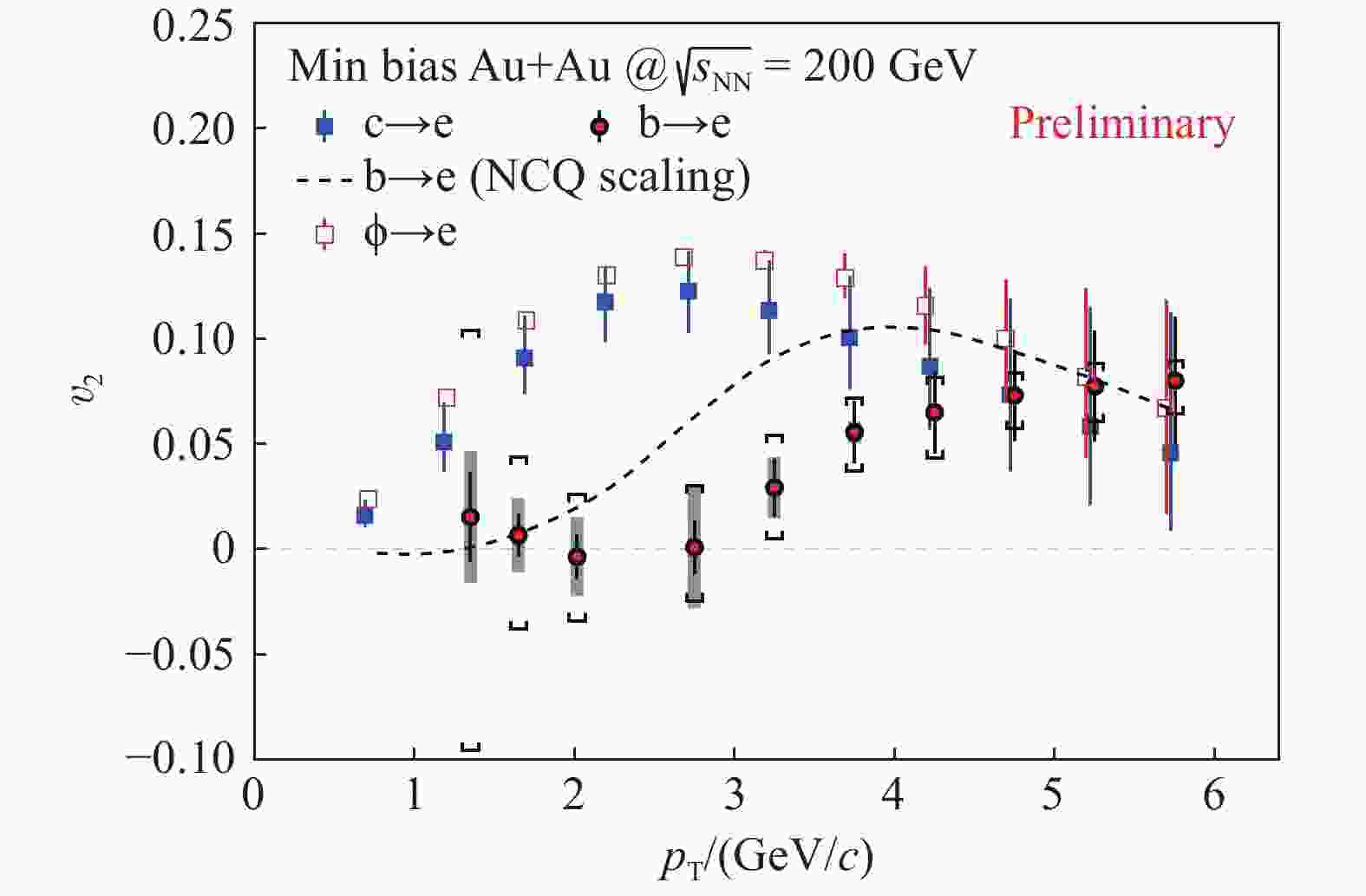
Figure 5. (color online) The elliptic flows (
$v_2$ ) of${\rm{c\rightarrow e}}$ and${\rm{b\rightarrow e}}$ at mid-rapidity in minimum bias Au+Au collisions at$\sqrt{s_{{\rm{NN}}}}$ =200 GeV. The uncertainty of$v_{2}^{ {\rm{b\rightarrow e}}}$ is propagated from$v_{2}^{\rm HFE}$ (bars),$v_{2}^{ {\rm{c\rightarrow e}}}$ (brackets) and$f_{{\rm{AA}}}^{ {\rm{b\rightarrow e}}}$ (grey bands). The$v_{2}^{\rm b\rightarrow e}$ with the NCQ scaling assumption of the B-meson$v_2$ and$v_{2}^{\rm \phi\rightarrow e}$ are shown as comparisons. -
This paper reports a data-driven method developed to separate charm and beauty components from heavy flavor electron measurements at mid-rapidity in minimum bias Au+Au collisions at RHIC. Semileptonic decays of charmed hadrons are simulated with the most recent measurements on charmed hadrons with RHIC-STAR as inputs. By subtracting the output electrons from charm decays, the beauty component is extracted from the HFE spectrum, and the
$ p_{{\rm{T}}} $ spectra,$ R_{{\rm{AA}}} $ and$ v_2 $ distributions of electrons from charm and from beauty decays are obtained. In these preliminary results, less suppression of$ R_{{\rm{AA}}}^{ {\rm{b\rightarrow e}}} $ is observed than that of$ R_{{\rm{AA}}}^{ {\rm{c\rightarrow e}}} $ at moderate-to-high$ p_{{\rm{T}}} $ , and$ v_{2}^{ {\rm{b\rightarrow e}}} $ is smaller than$ v_{2}^{ {\rm{c\rightarrow e}}} $ ,$ v_{2}^{\rm \phi\rightarrow e} $ and the$ v_{2}^{ {\rm{b\rightarrow e}}} $ with the B-meson$ v_2 $ NCQ scaling assumption at low-to-moderate$ p_{{\rm{T}}} $ . Improved results further elucidating charm and beauty physics in heavy-ion collisions will be available in the near future.
Charm and Beauty Separation from Heavy Flavor Electron Measurements at RHIC
doi: 10.11804/NuclPhysRev.37.2019CNPC13
- Received Date: 2019-12-15
- Rev Recd Date: 2020-02-21
- Available Online: 2020-09-30
- Publish Date: 2020-09-20
-
Key words:
- charm /
- beauty /
- electron /
- transverse momentum /
- nuclear modification factor /
- elliptic flow
Abstract: Heavy quarks (charm and beauty), especially beauty, with expectedly different properties from light quarks are considered as ideal probes for the Quark-Gluon Plasma (QGP). However, there are few measurements on beauty hadrons or on their decay leptons. With the most recent measurements on charmed hadrons and heavy flavor decay electrons (HFE) at mid-rapidity in Au+Au collisions at
| Citation: | Fan SI, Xiaolong CHEN, Shenghui ZHANG, Yifei ZHANG. Charm and Beauty Separation from Heavy Flavor Electron Measurements at RHIC[J]. Nuclear Physics Review, 2020, 37(3): 684-689. doi: 10.11804/NuclPhysRev.37.2019CNPC13 |


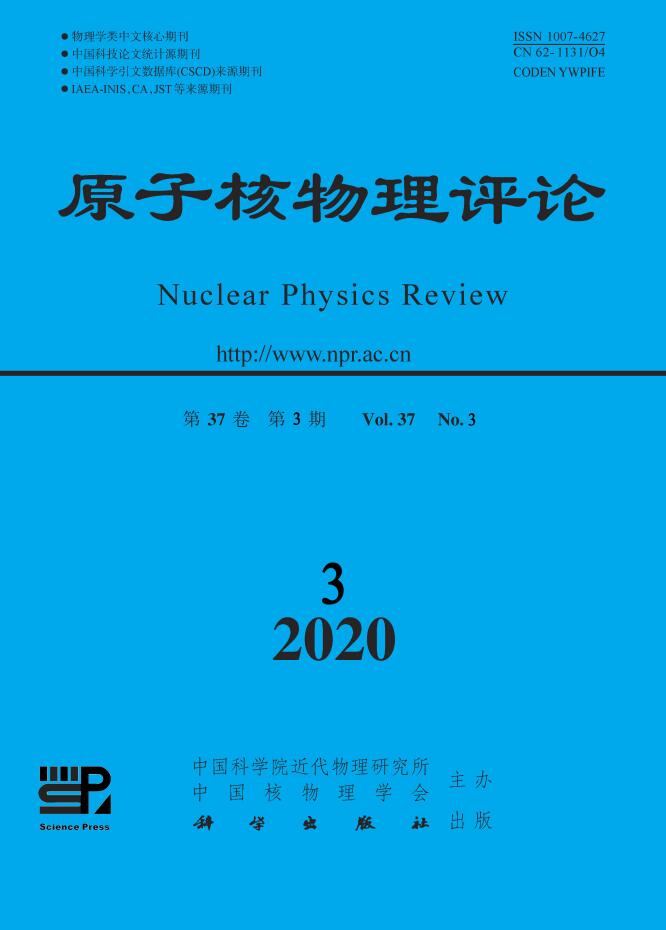











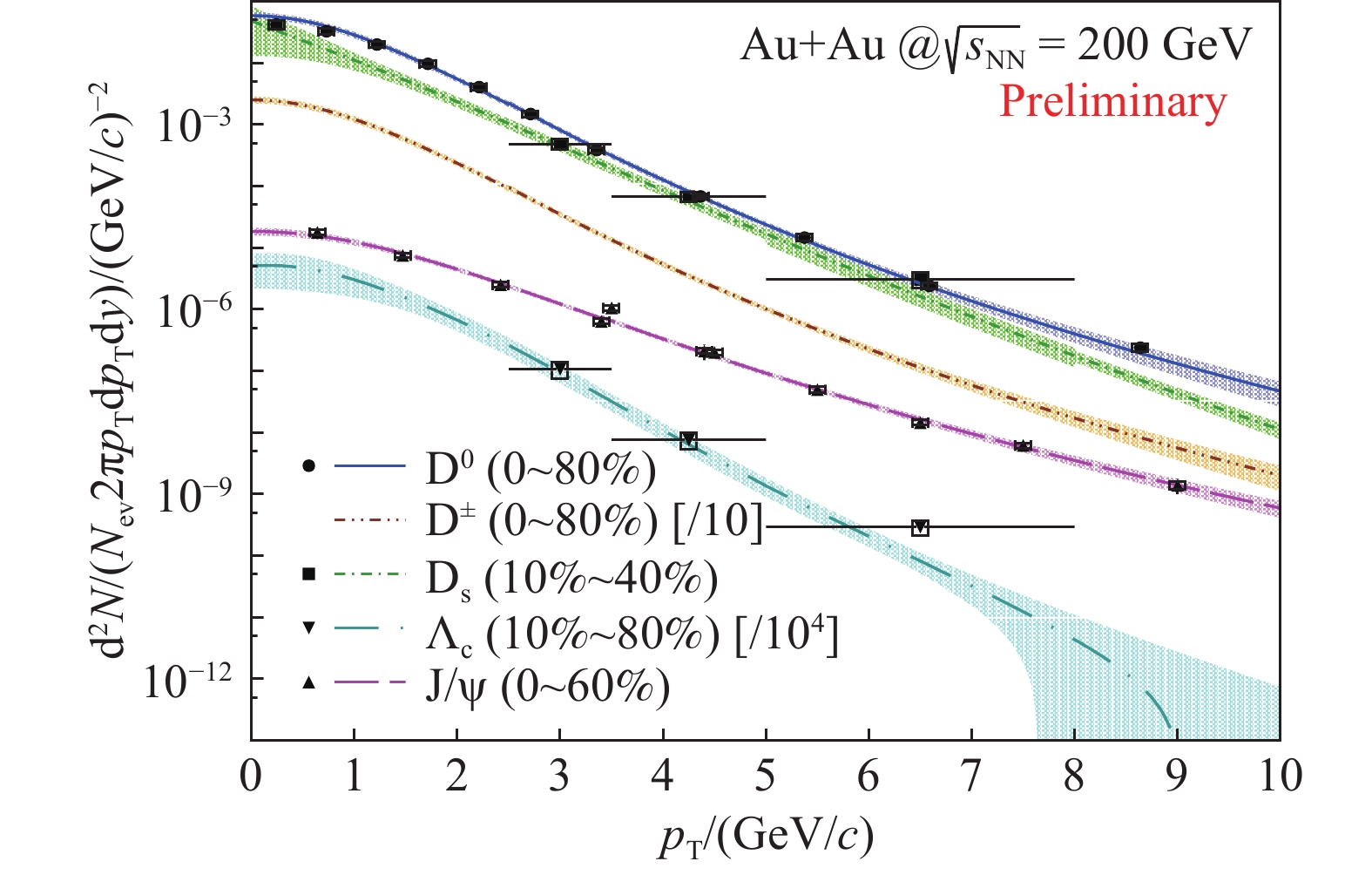



































































































































































































































 甘公网安备 62010202000723号
甘公网安备 62010202000723号 DownLoad:
DownLoad:

